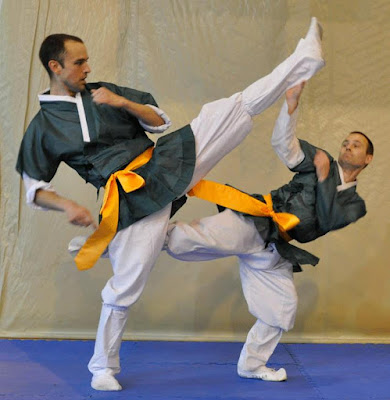The Special Forces is a vital service of the US Army because of the distinct missions that are demanded of them. The primary missions these quiet professionals fulfill are the following:
Counterterrorism
Whenever terrorist threats and activities occur overseas, Special Forces soldiers are deployed to fight and resolve insurgencies. It is also the team’s duty to combat terrorism by thwarting the formation of terrorist cells and training the military outfits of other states.
 |
| Image source: science.howstuffworks.com |
Direct action
Direct action missions are short-duration strikes the Special Forces carry out to capture or destroy a target, or to recover information, materials, or personnel. Small units are typically deployed and stealth is given emphasis in raids or ambushes to deny enemy forces any time to react.
Foreign internal defense
Special Forces foreign internal defense teams are train the military and police forces of allied nations to protect themselves from local or foreign aggressors, including terrorist groups, drug warlords, and traffickers.
Special reconnaissance
As GI Joe popularized, “knowing is half the battle.” The purpose of special reconnaissance groups is to go behind enemy lines without being detected to gather as much intelligence as possible to ensure allied soldiers are provided with mission-vital information.
 |
| Image source: afghanistan-analysts.org |
Unconventional warfare
The original mission of Special Forces, unconventional warfare groups is penetrating a foreign land covertly and training local militia with different warfare strategies which can be employed against enemy threats.
An airline captain for one of the largest airlines in the world, Richard Earl Bucklew also served in the military as force reconnaissance Marine and a member of the 1st Special Warfare Group based in Mare Island, California. For more interesting reads about the US military, follow this Twitter profile.









